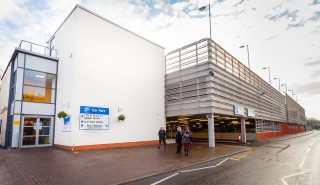In this section
Leadership and quality improvement
Improving safety is often about changing behaviour and requires a commitment from senior leaders to enforce and reinforce standards of care.
There is a strong association between clinical leadership and positive outcomes, with poor outcomes being noted from areas with clinical hierarchies, as junior clinicians often fear reprisal if they report an adverse event. Therefore we need to foster a culture where all of our staff recognise their role as leaders in patient safety and wherever possible we should encourage patients and their carers to contribute to reducing harm.
Local patient safety strategies will be developed by frontline staff. We will develop the capacity and capability of staff as place based safety teams to identify and deliver quality improvement at local level. These activities will be monitored through specialty focussed plans and development of a dashboard approach to measurement of quality improvement.
We will continue to adopt a trust wide approach to QI from Ward to Board, developing skills, as important as clinical skills underpinned by the model for improvement.
The Trust is committed to embedding patient safety and healthcare governance into Care Groups as part of an operational review.






